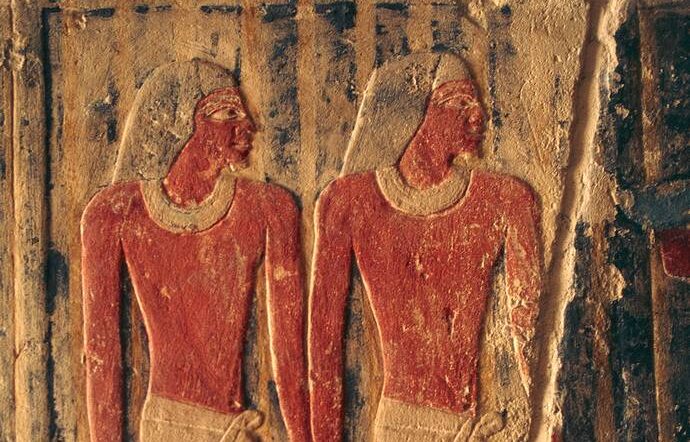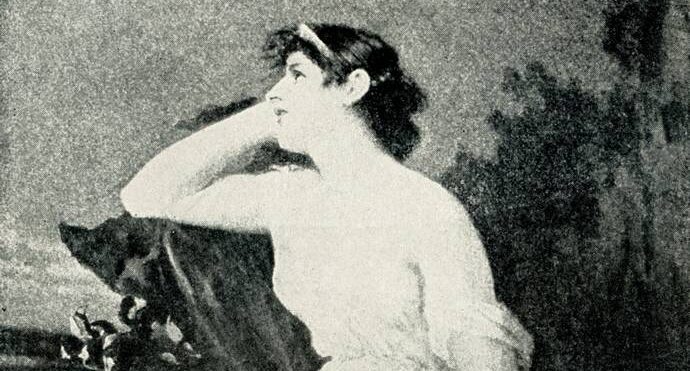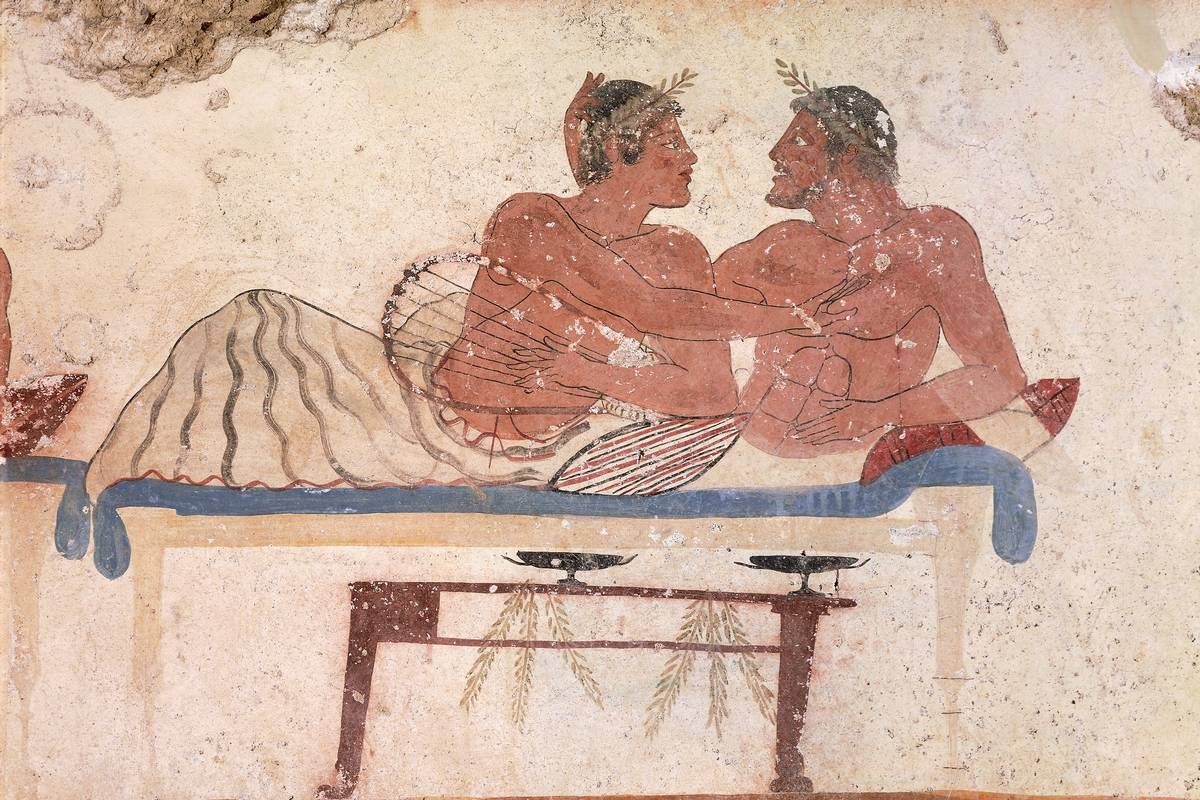By Evridiki Fatolia,
Sexuality has always existed on a spectrum, and there are numerous records suggesting same-sex couples in ancient times. Some lesser-known examples include Khnumhotep and Niankhkhnum, who lived in Egypt around 2400 BC and were buried together in the tomb of King Unas. They were initially believed to be siblings but were later thought to have been lovers.

Before meeting Antinous in Bithynia (modern-day Turkey) in 123 AD, Hadrian, the emperor of Rome at its height, had engaged in several same-sex relationships. The couple remained together from the time they met until Antinous’s death. According to ancient sources, Antinous died as a sacrificial art in an attempt to heal Hadrian from an unknown illness. After his death, Hadrian deified him, and even early Christians came to admire Antinous.
Hipparchus, the brother of the tyrant Hippias, was assassinated by Harmodius and Aristogeiton. Both Herodotus and Thucydides claim that the two men were lovers. After being rejected by Harmodius, Hipparchus insulted his sister as an act of revenge. The lovers believed they could escape after killing Hipparchus due to the Athenians’ efficient organization in the marketplace. However, when captured, Aristogeiton was tortured to death and Harmodius was executed on the spot.
Many references to female same-sex relationships appear in the lyrical poetry of Sappho of Lesbos, which survives today only in fragments. Since Sappho may have adopted a poetic persona, it remains unclear whether she herself was homosexual. Nevertheless, her deep affection for an unnamed woman—likely a courtesan—is expressed in several of her verses.

Two well-known tales about same-sex couples in ancient China are Dukas Ling and Mizi Xia. Mizi Xia used the duke’s carriage to visit his ailing mother without permission because Duke Ling preferred the company of his male lover. Since then, the expression “the love of the half-eaten peach” has come to represent same-sex partnerships. But following their split, the duke disparaged him by bringing up these unfavorable aspects of the courtier’s personality.
Hephaestion and Alexander the Great were childhood friends. Their romantic bond is supported by the historian Plutarch, who grew up with them. They laid wreaths on the tombs of Achilles and Patroclus in Troy, believing their own relationship mirrored that of the mythic heroes. When Hephaestion died of a fever, Alexander had the physician executed and arranged for Hephaestion’s burial with royal honors. Netflix’s portrayal of their relationship has drawn criticism from some circles, yet their connection is widely seen as romantic.
Achilles and Patroclus, two key figures in the Iliad, were comrades-in-arms during the Trojan war. After Patroclus’s death, Achilles killed Hector and desecrated his body in revenge. By Plato’s time, they were widely considered lovers.
Alcibiades was said to be “the favorite” of the philosopher Socrates, who also served as his mentor, according to Plutarch and Plato. Their homoerotic relationship occurred within the broader context of Athenian pederasty, a socially accepted institution in which adult men formed intellectual and emotional bonds with adolescent boys, often among the elite of the city-state.
References
- Antinous and Hadrian. National Museums Liverpool. Available here
- Harmodius and Aristogiton. EBSCO. Available here
- Greg Reeder. “Same-sex desire, conjugal constructs, and the tomb of Niankhkhnum and Khnumhotep”. World Archaeology 32(2). p. 193-208.
- Tα ομόφυλα ζευγάρια της αρχαιότητας που δεν ήξερες. Ladylike. Available here
- Were Alexander the Great and Hephaestion lovers? Ancient Heroes. Available here




